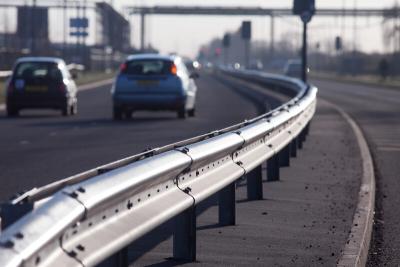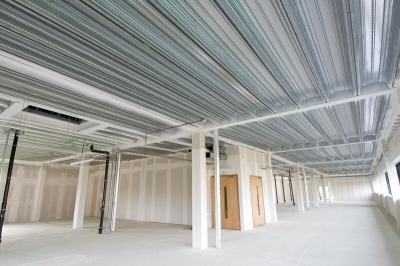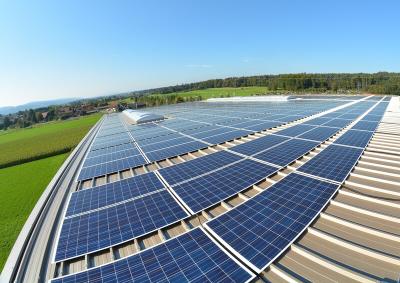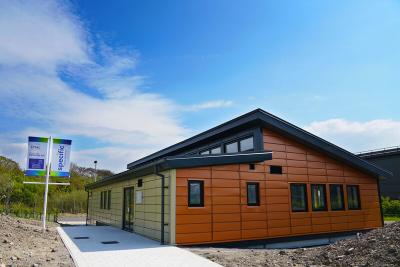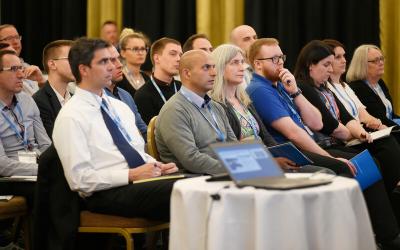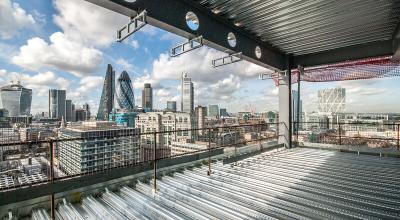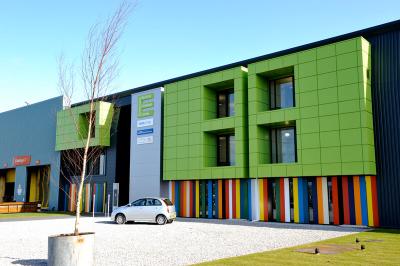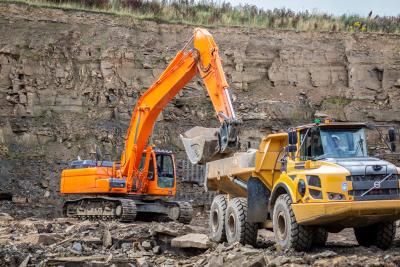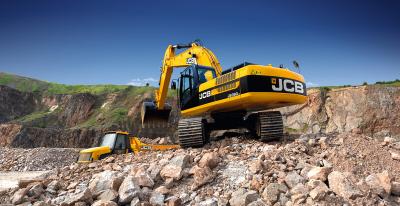The global biodiversity emergency is every bit as urgent and important as the climate emergency. This has been clear for some time: 2010 was declared the International Year of Biodiversity by the United Nations, while a 2019 report by the Intergovernmental Science-Policy Platform on Biodiversity and Ecosystem Services said that one million species are facing extinction, and that loss of biodiversity will be as catastrophic as climate change.

Despite this, and despite the climate and biodiversity emergencies often being mentioned together, tackling biodiversity loss still doesn’t seem to be as high on the agenda as taking action on carbon emissions and climate change. Broadly speaking, the business community may not see biodiversity loss as a risk within the next few years – even though it is so closely linked with climate change.
Without biodiversity, ecosystems function less effectively, are less resilient, and less able to adapt to climate change. Like climate change, the factors affecting biodiversity loss are varied and complex. They extend to topics such as land use, agriculture, and how we manage large-scale landscapes like forests and peatland
But they also include issues more immediately relatable to the construction industry: where and how we obtain raw materials, how we develop land to accommodate an increasing population, and how it can co-exist in industrial and manufacturing environments.
The built environment has very much been a part of how people have commodified nature, putting severe and unsustainable pressure on habitats and ecosystems. It now has an important role to play in protecting biodiversity for the future.
How is biodiversity loss being tackled by legislation?
Through the Environment Act, the UK government is aiming to “deliver the most ambitious environmental programme of any country”, including legally binding targets on species abundance by 2030.
As part of the Act, biodiversity net gain will have to be demonstrated on developments of all size, from single dwellings to national infrastructure projects. Any grant of planning permission will be subject to a condition requiring a minimum 10% increase in biodiversity, maintained for 30 years.
Is biodiversity net gain the right approach? Can something as complex as biodiversity be properly assessed by a metric in a spreadsheet? Do local planning authorities have the resources to properly assess and monitor net gain on every development? And will tackling biodiversity in small, isolated ‘pockets’, by individual development, have the desired, broader positive impact?
The answers to such questions will not be easy, and nor will they be known for some time. The important thing is to recognise that taking action is important today, but must be done with long-term impacts in mind in order to avoid the potential for unintended consequences.
What role can construction product manufacturers play in protecting biodiversity?
Manufacturers of construction products in the UK typically occupy relatively large sites, so are already responsible for some element of land management. Each and every site is unique in terms of what biodiversity measures are, or could be, implemented.
If a manufacturer does not already have a biodiversity policy in place, they will find themselves subject to demonstrating biodiversity net gain should they want to develop their site in any way.
The activities of product manufacturers can have much wider biodiversity implications than on their manufacturing sites, however.
Obtaining raw materials puts pressure on habitats and ecosystems around the world. Those pressures are not necessarily visible or easy to empathise with, which is why it’s particularly important for manufacturers to be able to demonstrate responsible sourcing practices throughout the supply chain and report the impacts of supply chain activities transparently.
The Shotton site, in North Wales, has held BES 6001 responsible sourcing certification for its products for over twelve years. The environmental impact of its products is also reported in Environmental Product Declarations (EPDs ) created to EN 15804.
Some of the site’s biggest achievements, however, have been in the decades of work done to protect and enhance biodiversity in its location next to the river Dee.
Protecting and enhancing biodiversity at Shotton
Biodiversity is one of the key focus areas as part of the Shotton sustainability commitment. The efforts in biodiversity work were started at Shotton in the 1970s, providing a safe nesting area for the Common Tern bird which has a UK Conservation Status of Amber. The impact of that work was quickly recognised, with the site being awarded a Prince of Wales Award for Conservation in 1971.
Due to its importance as a breeding location, the settlement pond complex (Shotton lagoons and reed beds) was made a site of special scientific interest (SSSI) in 1999.
Today, it is one of the largest Common Tern colonies in Wales, with more than 400 tern chicks raised each year. This makes a total of over 20,000 birds since the start of the project! They are joined by eighty other species of birds which can be found at the site.
The Shotton Works site has dedicated areas that have the designation of a Ramsar Site, being a wetland habitat of international importance, and the tidal marshes and reed beds play an important role in drawing down and sequestering carbon from the atmosphere.
Into the future, Shotton aims to achieve The Wildlife Trusts’ Biodiversity Benchmark status, which is a nationally recognised standard for commitment to biodiversity and responsible land management. The first step is working with the North Wales Wildlife Trust on a biodiversity audit, Phase 1 Habitat Survey, and desk-based study that looks at notable species and habitats within 2km of the site. If successful, Shotton would be the only site in North Wales and one of the largest industrial manufacturing sites in the UK to hold this standard.
Protecting and enhancing biodiversity is one of four key principles employed at Shotton in order for the site to have a positive legacy for the planet. All four are equal in their importance, with the other three principles being carbon footprint reduction , developing products and services to support sustainable construction, and maximising material efficiency.
Download the Shotton biodiversity brochure here.
Related blog articles:
How can manufacturers help specifiers to make sustainable product choices?
What does a manufacturer’s long-term commitment to carbon footprint reduction look like
How can construction product manufacturing use materials more efficiently and reduce waste?






































